The Rise of the Internet of Goods
A New Perspective on the Digital Future for Manufacturers
Author: Dr. Michael Mandel, Progressive Policy Institute
Published August 7, 2022 | Produced by the MAPI Foundation
CONTENTS
Click through the slide show pages to discover the highlights of this ground-breaking work. Just a note: It is much more reader-friendly on a computer screen, so you might want to save it for when you are at your desk. Check out the executive summary beneath the snapshot.
Executive Summary
It is relatively easy to digitize a song or a bank account. Yet fully digitizing physical industries such as manufacturing and agriculture has proven much more challenging. Manufacturers have taken the first step towards digitization by putting sensors into existing products such as turbines and tractors and using the resulting data to improve performance. The goal is now to turn data collection and analysis into a new revenue stream.
But data monetization is only one possible application of IT to manufacturing, and perhaps not the most effective at creating sustainable new markets or new business models. An alternative digital future for manufacturing, the “Internet of Goods,” is emerging. Three trends could lead to a manufacturing sector that uses information technology to boost productivity and create new markets.
- The rise of ecommerce fulfillment centers and the digitization of distribution, pioneered by Amazon, opens up new ways for manufacturers to shift from a warehouse model to a more flexible distribution process.
- The growth of robots and 3D printing, which give manufacturers the ability to offer customized products that are superior in some dimensions to mass production and can be delivered quickly and cheaply.
- The use of cloud computing to build manufacturing platforms that treat design, production, sales, and distribution as separate services running on a packet-switched network, enabling even small factories to tap into new technology and best practices.
This combination of digitized distribution, digitized production, and new manufacturing platforms—aka the “Internet of Goods”—will allow the creation of new business models for manufacturing capable of expanding the market and changing the geography of production.
The result will be a thickening network of small-batch and custom factories taking hold around the country. The new business models will give a sustained competitive advantage against foreign competitors, because who wants to buy a custom item from a supplier 10,000 miles away that will take two months to arrive? This will enable the U.S. to rebuild its industrial networks in areas like the Midwest and upstate New York.
We will likely see a new wave of industrial startups that take advantage of the new technologies. Similarly, there will be a new role for large industrial companies as the global hub of manufacturing platforms. Like the large tech companies that currently form the hubs of digital platforms, the global industrial giants will not only do much of the R&D and investment for developing new technologies but also take much of the risk. In exchange, they will take a share of the gain from increased productivity.
